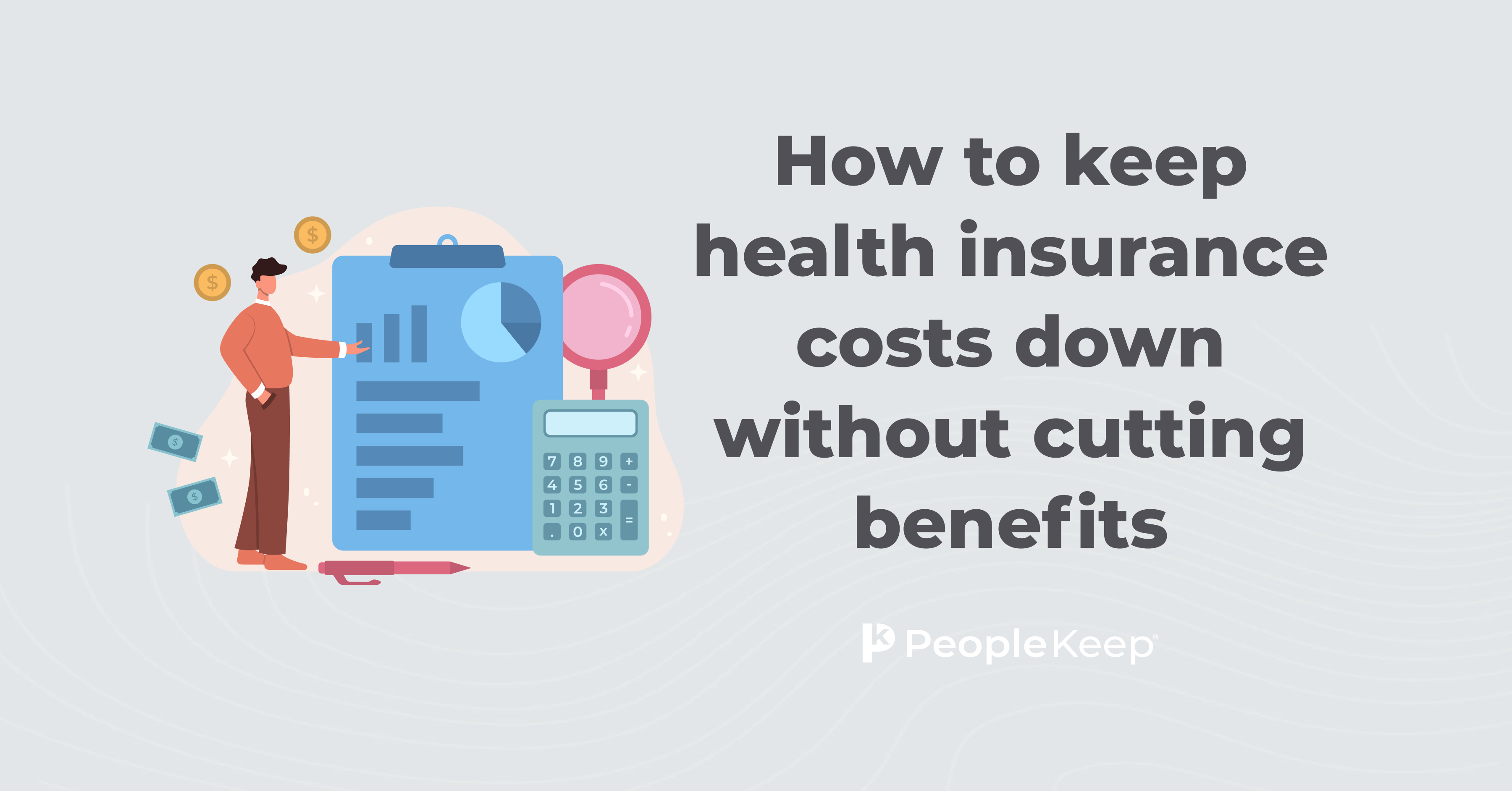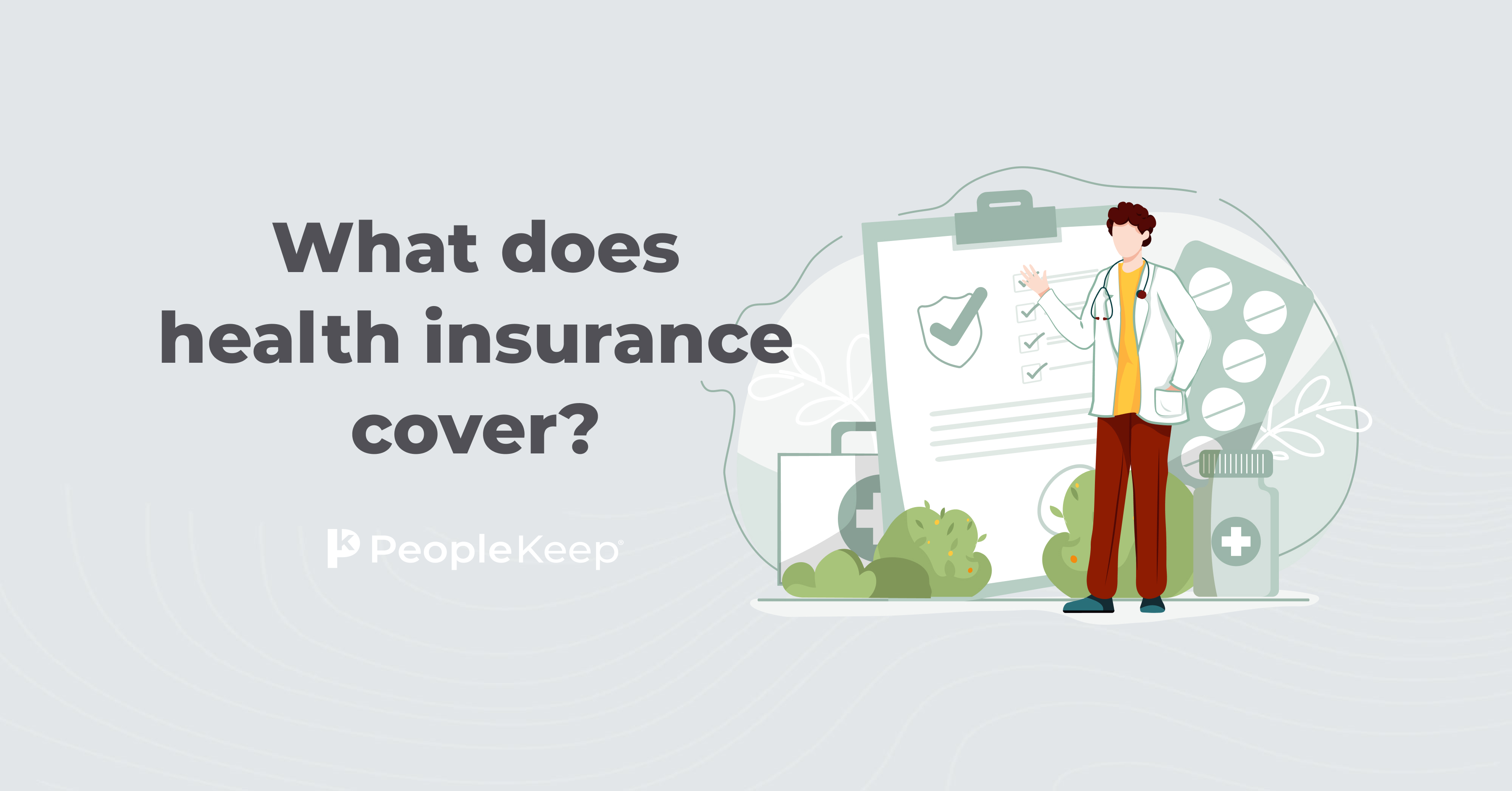What is the Health Insurance Marketplace?
By Elizabeth Walker on July 21, 2025 at 2:00 PM
The Affordable Care Act (ACA) created a competitive individual insurance market called the federal Health Insurance Marketplace, or HealthCare.gov. But many wonder what the Marketplace is and who it serves.
The Marketplace is a comprehensive tool that allows families and individuals to purchase private, ACA-compliant health insurance. Eligible people who wouldn't otherwise have access to health insurance can find a policy that meets their budget and needs and enroll for coverage from the comfort of their homes.
In this blog post, we'll review everything you need to know about the Health Insurance Marketplace and the individual market.
Takeaways from this blog post:
- The Health Insurance Marketplace, established under the ACA, provides individuals, families, and small businesses with a platform to purchase affordable health insurance coverage.
- U.S. citizens who aren't incarcerated or enrolled in Medicare are eligible for Marketplace coverage, which includes options for Medicaid and special enrollment periods for qualifying life events.
- The Marketplace offers ACA-compliant health plans without medical underwriting or pre-existing condition exclusions.
What is the Health Insurance Marketplace?
Launched in 2013 as part of the ACA, the federal Health Insurance Marketplace, also known as “the Marketplace” or the “federal exchange,” helps individuals, families, and even small businesses purchase affordable health insurance coverage.
The Marketplace allows eligible people to shop for health coverage, compare plans, receive financial assistance subsidies, and enroll in healthcare through the HealthCare.gov website. During the 2024 open enrollment period, a record-breaking 21.4 million Americans enrolled in a marketplace plan1.
In some cases, a state will have its own Health Insurance Marketplace on a website that's different from HealthCare.gov.2 In other states, individuals can access the Marketplace run by the federal government.
Who's eligible to use the Health Insurance Marketplace?
The ACA designed the Marketplace to provide health insurance for individuals and families who were previously uninsured. All U.S. citizens residing in the country who aren't incarcerated or enrolled in Medicare are eligible to use the Health Insurance Marketplace.
Most people have coverage under an employer-sponsored plan, meaning they don't need to use the Marketplace. If someone wants to decline their employer's coverage and choose a Marketplace plan instead, they can do so, but they won't be eligible for possible financial assistance unless the group plan their employer offers isn't considered affordable and/or wouldn't provide minimum value.
Americans younger than age 65 and eligible for Medicaid can use the federal exchange to enroll in a Medicaid plan. Those 65 and older don't qualify for a Marketplace health plan due to their eligibility to enroll in Medicare.
When can individuals buy health insurance through the Marketplace?
The open enrollment period is when people can enroll in or change their Marketplace coverage for the following year. During this time, a wide range of health plans are available for purchase, including all metal level plans, common health plans, like HMO and PPO policies, and catastrophic health plans.
Currently, the annual Open Enrollment Period runs from November 1 to January 15 in most states, with coverage effective January 1 for those who enroll by December 15. Some state-based exchanges offer extended enrollment windows, while others close in December.
However, due to a new final rule, the annual Open Enrollment Period will begin on November 1 and end on December 15 for all states with public exchanges operating on the federal Health Insurance Marketplace3. This new timeline will become effective for the 2026 Open Enrollment Period for coverage beginning January 1, 2027.
Outside the annual open enrollment period, an individual must qualify for a special enrollment period (SEP) to enroll in or make changes to a Marketplace plan. A qualifying life event triggers a special enrollment period and gives individuals 60 days from the event to select a new exchange plan.
What's the difference between the federal Marketplace and a state-based Marketplace?
Depending on where you live, your state may have its own Health Insurance Marketplace. A state-based Marketplace is a health insurance exchange where the state government regulates a platform for health plan eligibility, enrollment, and other functions for the individual market, such as customer support, outreach, and marketing efforts.
The most significant difference between a state and federal exchange is the degree to which the state cooperates with the federal government.
In state-based Marketplaces, states establish health insurance options, work directly with health carriers, manage enrollment, and determine premium tax credit eligibility. With the federal Marketplace, the federal government controls these functions itself.
However, states can manage their own exchange and use the federal Marketplace website as their platform. States such as Arkansas and Oregon operate their own exchanges but use HealthCare.gov as the enrollment platform.
The following 20 states have their own exchange, including:
- California
- Colorado
- Connecticut
- District of Columbia
- Georgia (opening in fall 2024)
- Idaho
- Kentucky
- Maine
- Maryland
- Massachusetts
- Minnesota
- Nevada
- New Jersey
- New Mexico
- New York
- Pennsylvania
- Rhode Island
- Vermont
- Virginia
- Washington
Residents with a state-based exchange can visit their state’s website directly or go to HealthCare.gov. The site will redirect you to the appropriate state Marketplace.
How does the Health Insurance marketplace work?
To search for and enroll in Marketplace coverage, you must create a free account on HealthCare.gov or your state exchange. You'll also need to fill out an application for health coverage. Here, you'll provide information like your household income, family size, state, and ZIP code.
Afterward, you can shop, compare, and enroll in a qualified health plan online or by phone with personalized help from a licensed agent through the website. These helpers aren't associated with any particular exchange plan or carrier, so they'll provide you with unbiased assistance.
Remember that different people may pay different premium amounts for their Marketplace plans due to their state, household income, and family composition. However, if you qualify for Marketplace plans and federal subsidies, they'll be the same no matter which site you're on.
After enrolling, you'll get your membership materials by mail, including your member ID card and first bill from the health insurance company. Once you've paid your first month's premium, your coverage will go into effect on the effective date, which is typically January 1 if you enroll by December 15.
How does the Health Insurance Marketplace help individuals?
When individuals shop on the Marketplace, all the available health insurance plans presented to them are ACA-compliant. This means they won't be subject to medical underwriting or exclusion due to a pre-existing condition. Also, all exchange plans will cover the ten essential health benefits without annual or lifetime benefit caps.
Financial assistance plans and programs, like eligibility for catastrophic plans, premium tax credits, and cost-sharing subsidies, are also available through the Marketplace. These federal subsidies can reduce your monthly premiums if you qualify.
You can also see if your income level qualifies you for Medicaid or the Children's Health Insurance Program (CHIP) to save on monthly premiums4.
The Marketplace helps you quickly and easily find health insurance that fits your budget and lifestyle. No matter where you live, you can purchase insurance with a wide range of comprehensive benefits, including doctor visits, hospital stays, emergency services, preventive services, and prescription drugs for an affordable cost.
How does the Health Insurance marketplace help small businesses?
Small employers can find it challenging to find affordable health insurance coverage that meets their employees' needs. However, with the Small Business Health Options Program (SHOP), employers have more choice and control over their health benefits5.
The SHOP Marketplace helps small businesses provide their employees with affordable and convenient health coverage. Employers choose the level of coverage they want to offer and determine how much they want to contribute to their employees' coverage. Employers can use their existing insurance broker to access the SHOP or shop for plans independently.
The following are some advantages of using the SHOP Marketplace:
- SHOP insurance is generally available to employers with 1-50 full-time equivalent employees (FTEs).
- Employers can choose a high-quality private health plan that meets their business's and its employees' needs.
- Employers can offer health coverage, dental coverage, or both health and dental coverage.
- If eligible, employers can start offering SHOP coverage to their employees anytime—there's no need to wait for open enrollment.
If you're a business owner with fewer than 25 employees, you may qualify for a Small Business Health Care Tax Credit worth up to 50% of your premium costs (or up to 35% of your premium costs if you're a tax-exempt employer).
This tax credit is generally only available to those offering a SHOP plan and only to eligible employers for two consecutive taxable years. Employers can use the Small Business Health Care Tax Credit Estimator on the Marketplace to determine if they qualify6.
If a SHOP policy still doesn't fit your needs, you can provide funds that enable your employees to purchase an individual policy on the Marketplace with a health reimbursement arrangement (HRA).
With a qualified small employer HRA (QSEHRA) or an individual coverage HRA (ICHRA), you have total control over your budget. You simply define the monthly allowance you feel comfortable offering your employees, and they choose the individual qualified health plan on the Marketplace that works best for them. Then, you reimburse your employees for their premiums and other eligible out-of-pocket costs.
If you want a more informal benefit, you can offer your employees a taxable health stipend. Your employees can use the money to purchase the health insurance policy and medical care they need with those funds.
Conclusion
While most people have health insurance through an employer or spouse, many individuals rely on the federal Health Insurance Marketplace to purchase an insurance policy that suits their needs.
The best place to get the latest Marketplace information is HealthCare.gov. The website provides extensive information on different health insurance policies, eligibility for federal subsidies, cost-sharing reductions, price comparisons, and answers to questions so you'll be better informed during the enrollment process.
This article was originally published on February 11, 2013. It was last updated on July 21, 2025.
Check out more resources
See these related articles

How to keep health insurance costs down without cutting benefits
Want to save money on health insurance without sacrificing coverage? Discover effective strategies to reduce health insurance costs without compromising benefits.

How Employees Can Get Free Health Insurance Subsidies
How employers can help employees get free health insurance subsidies, and offer a health benefit with defined contribution.

What does health insurance cover?
Wondering what health insurance covers? Learn about essential benefits like doctor visits, prescriptions, hospital care, and preventive services.



